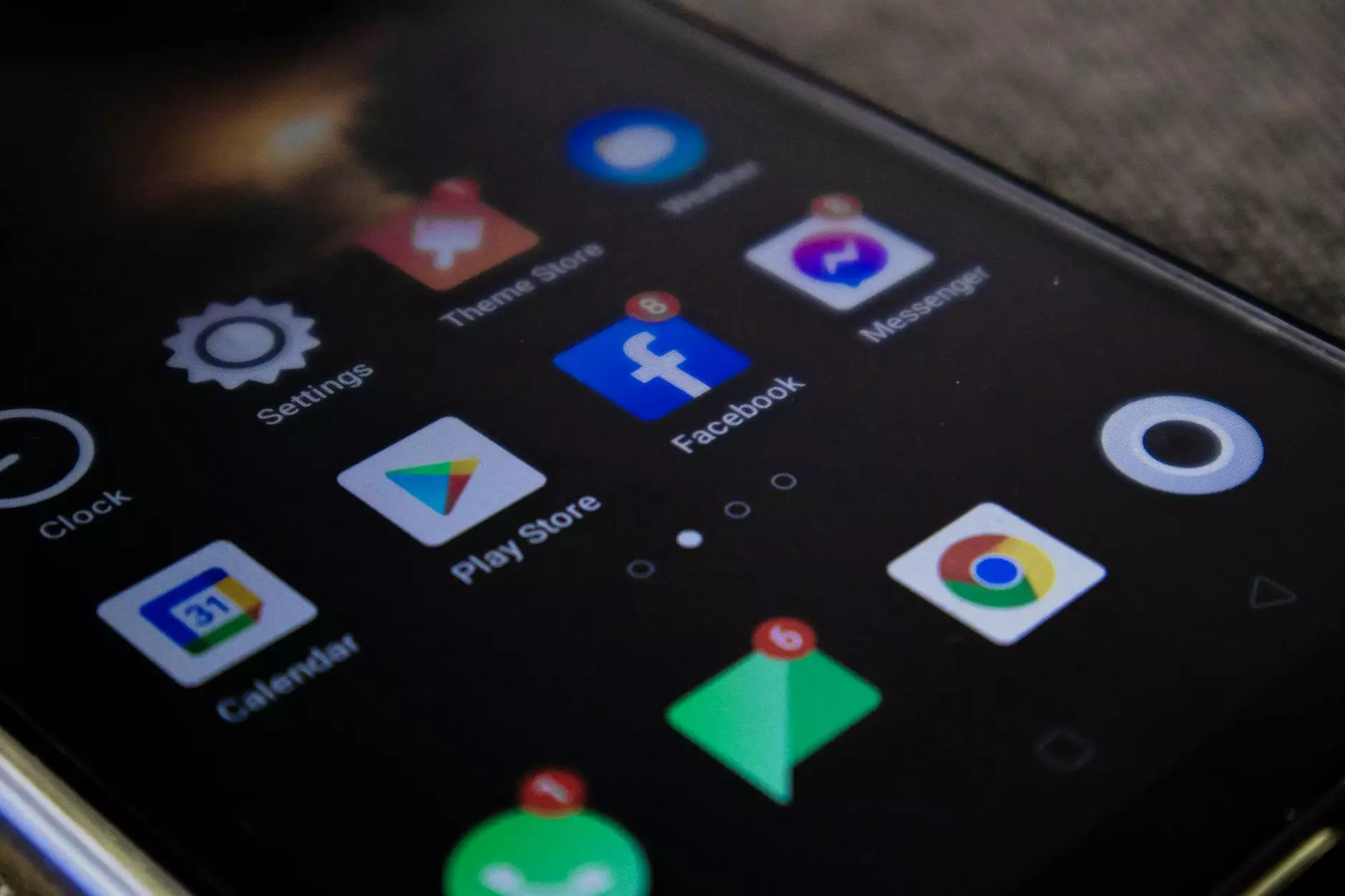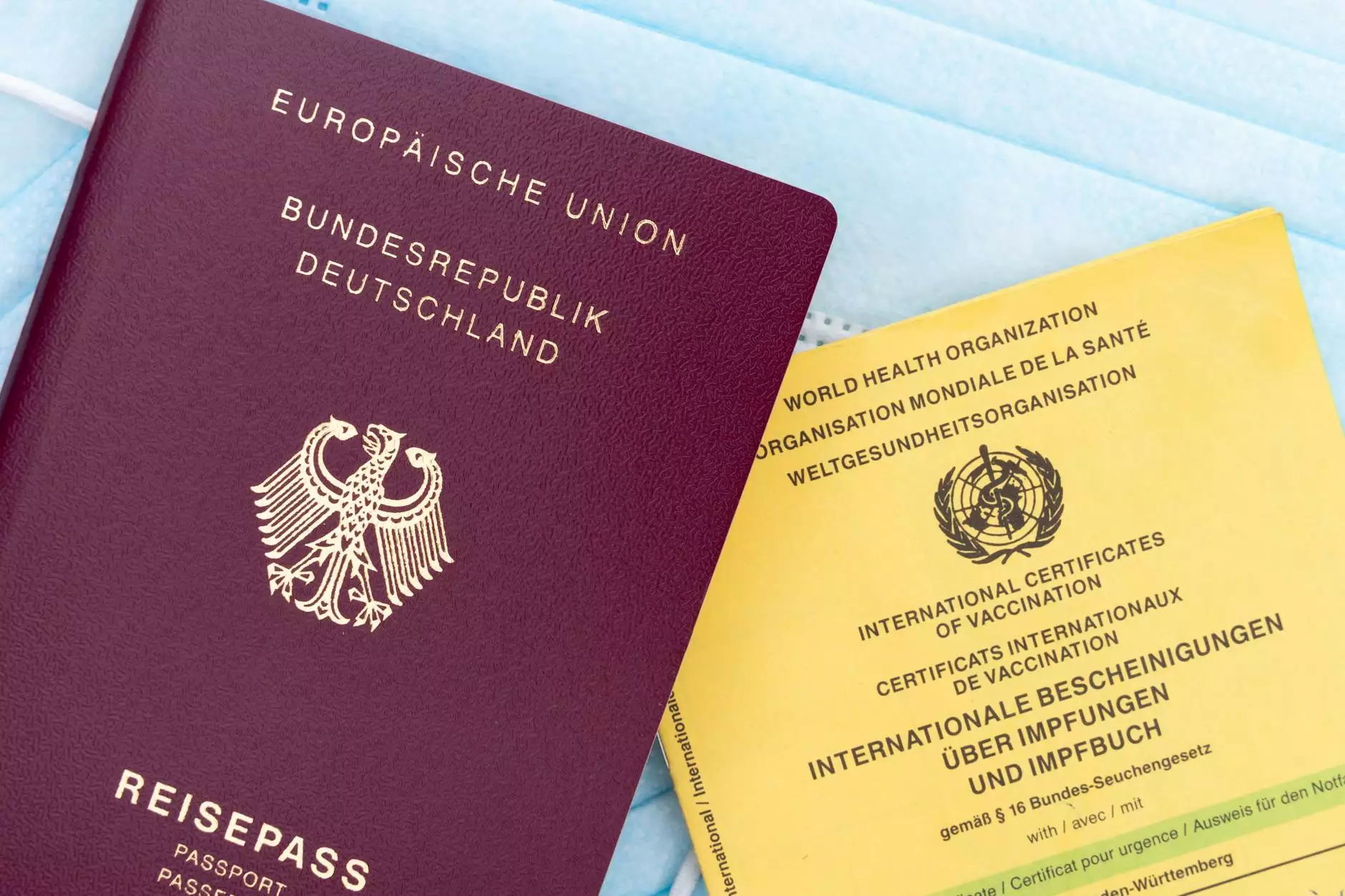What is Push Notification in Android? A Comprehensive Guide

Understanding Push Notifications
In today's mobile-centric world, push notifications have become an indispensable tool for businesses and developers. So, what exactly is a push notification in Android? Simply put, it is a message sent from a server to an application on a user's device. This communication happens even when the application is not actively in use, allowing developers to engage with users effectively.
How Push Notifications Work
Push notifications utilize a technology called the Firebase Cloud Messaging (FCM) service for Android devices. Here's a simplified process of how it works:
- User Opt-in: Users must first opt-in to receive notifications from an app. This can happen during the initial app setup.
- Registration Token: Once a user opts in, the app registers with the FCM server to receive a unique registration token.
- Message Delivery: When the server wants to send a message, it sends the notification to the FCM server along with the unique token. FCM then delivers the message to the appropriate device.
- User Interaction: Users can interact with the notification, which can perform actions such as launching the app, taking them to a specific screen, or displaying additional information.
The Importance of Push Notifications for Businesses
Push notifications can play a critical role in driving user engagement and retention. Here are some of the key benefits:
- Increased Engagement: By sending timely updates or personalized messages, businesses can ensure users remain engaged with the application.
- User Retention: Regular notifications remind users of the app’s value, enhancing the chances of repeated use.
- Informational: Businesses can keep users informed about new features, promotions, or even news that are relevant to their interests.
- Direct Communication: Push notifications serve as a direct line of communication between the app and its users, enhancing user experience.
Best Practices for Using Push Notifications in Android
While push notifications can be incredibly useful, misuse can lead to user frustration and uninstalls. Here are some best practices to consider:
1. Personalization
One of the most effective ways to ensure push notifications are welcomed is through personalization. Notifications that are tailored to the user’s preferences and behaviors are more likely to be opened and engaged with.
2. Timing is Key
When sending notifications, consider the timing. Notifications sent during non-intrusive times are more likely to be received well. Utilize analytics to discover when users are most active.
3. Frequency Control
Avoid overwhelming users with too many notifications. A well-planned sending schedule would prevent users from feeling bombarded and help maintain engagement levels.
4. Clear and Concise Messaging
Ensure that the content of the notification is clear, concise, and valuable. Users should immediately understand what benefit the notification brings to them.
5. A/B Testing
Experiment with different messages, timing, and formats using A/B testing. This practice allows you to refine your strategy based on what delivers the best results.
Examples of Effective Push Notifications
Here are a few examples that illustrate effective push notifications:
1. Reminder Notifications
These notifications serve to remind users about events or tasks. For instance, a fitness app might remind users to complete their daily workout.
2. Promotional Messages
By sending promotions or discounts via push notifications, businesses can drive immediate actions from users. For instance, an e-commerce app could notify users about flash sales.
3. Content Updates
News apps frequently utilize push notifications to keep users updated about breaking news or significant stories, ensuring they remain informed.
Challenges with Push Notifications
While push notifications are advantageous, several challenges should be navigated:
1. User Opt-out
Users may choose to opt-out of notifications if they find them unhelpful. Keeping your notifications relevant is essential to avoid this pitfall.
2. Delivery Challenges
Not all notifications will get delivered immediately, depending on the user’s device connectivity and battery settings. Developers must ensure that notifications are designed with these factors in mind.
Analyzing the Impact of Push Notifications
The effectiveness of push notifications can be measured through various metrics, including:
- Open Rates: This indicates how many users interacted with the notification.
- Engagement Rates: A deeper analysis of how users interact with the app post-notification can reveal insights into user behavior.
- Retention Rates: Over time, monitoring user retention can show the long-term effectiveness of your push notification strategy.
Conclusion
In conclusion, push notifications in Android offer an invaluable tool for businesses seeking to maintain engagement and enhance user experience. By understanding what push notifications are and adhering to best practices, companies can leverage this technology to strengthen their relationship with their users, ensuring that their mobile applications not only retain users but also encourage them to interact consistently.
For further insights into implementing push notifications effectively and optimizing your mobile strategy, explore more at nandbox.com.
what is push notification in android








